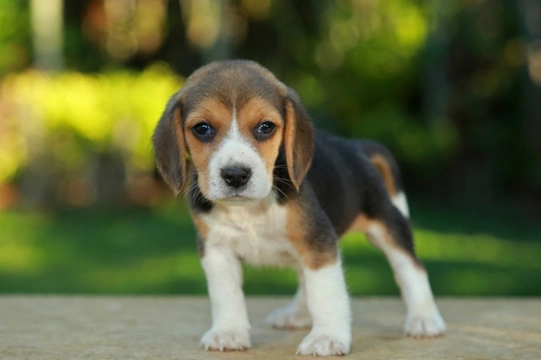
What dog breeds are the hardest to house train?
How long it takes any given owner to train any given dog to do any given thing can be very variable. No one factor dictates success, failure, or how long it will take either, and training for any skill comes down to a combination of the trainer’s skill and consistency, the dog’s capacity and willingness to learn, environmental factors, and many other intangibles too.
Some commands and skills are simply harder to teach than others too; “sit” is one of the easier ones, and the first command that most dogs will learn as a result. One of the hardest commands or skills to teach to dogs is house training, or toilet training, and the reasons for this are numerous.
First of all, you’re not simply teaching a dog that a set command requires a set response, but expecting them to learn bowel and bladder control, where to toilet and where not to, and how to let you know or signal to you that they need to be let outside to potty.
This is all quite a complex set of variables, requiring a dog to develop a physical level of control over themselves as well as making associations between places and actions, behaviours and responses and much more. Altogether, house training or toilet training a dog can and often does take many weeks to get down to pat, depending as mentioned on dog, owner, and situation.
That said, there are some dog breeds that their owners’ feedback, anecdotal evidence, the breed’s general intelligence levels and biddability and other factors all combine to result in dogs of the breed as a whole being harder and taking longer to housetrain than others.
If you own a dog of one of these breeds or are considering buying one, simply knowing that this is the case can be useful to help you to manage your expectations, avoid becoming frustrated, and maintain your consistency; and to help to guide how you go about things.
Here are five dog breeds that are widely regarded as being harder than most to house train.
The Beagle
The beagle is hard to house train in the views of many of their owners and breeders, because this is a breed that doesn’t rank high on the canine intelligence spectrum for working ability (131st out of 138 dog breeds) and they also tend to be excitable dogs with a short attention span that tend to get easily distracted and have a rather selective memory!
Beagles are very affectionate, personable and playful but they have rather butterfly-like minds, and this means that it can take a long time for beagles to build up the mental connections between all of the different facets of house training to reliably avoid toileting in the house.
The Afghan Hound
The Afghan hound is hard to house train and in many ways, to train for all skills and commands and they tend to take longer than the vast majority of other breeds to pick things up and execute commands reliably.
Afghan hounds are stunning looking and very distinctive, but they’re not the sharpest knife in the drawer unfortunately, being ranked in the very last place in the canine intelligence stakes!
They can be somewhat fizzy and highly strung and they can also be quite lofty daydreamers too, and getting to grips with toilet training requires time, patience, and an observant owner who can learn to read and recognise the dog’s cues.
The Pekingese
The Pekingese is a small, cute and very personable toy dog breed, and one that can be a challenge to housebreak. Like the other dogs mentioned so far, they’re in the bottom section of the canine intelligence listing and as toy dogs, the importance of training and managing them effectively in the same way as is the norm for other dogs is sadly often paid far too little attention.
It can take a while for a Pekingese to get to grips with where to toilet, and as a very petite breed too, they may need to go more frequently than larger breeds, which means plenty of reinforcement and giving them the chance to go out regularly.
The Dachshund
The Dachshund is classed as around the average in the intelligence stakes, but they can also be rather hard to house train as the breed has a reputation for being fairly resistant of anything they’re not interested in and being somewhat hard to motivate as a result.
Dachshunds can generally get to grips with the various facets of house training within a few weeks, but they do need a strongly consistent approach and plenty of positive reinforcement.
The English bulldog
The English bulldog is the second-from-last breed in the canine intelligence stakes, and these ponderous and slow moving dogs can generally only pick up a very limited and low-level range of commands in general training.
They also take longer than most to make the mental connections involved in picking up toilet training, but once more, consistency, vigilance and positive reinforcement will pay off in the end!



